10 Effective Tips To Grow Your Edges Back Naturally
Adopting healthy hair care habits can protect those baby hair and bring your edges back.
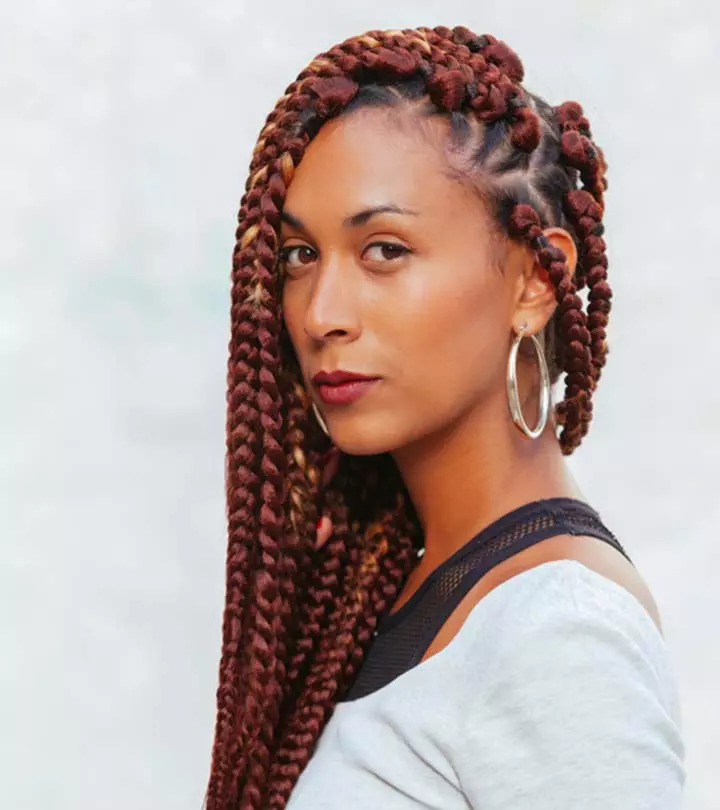
Image: ShutterStock
Those soft, fine, wispy baby hairs or edges add a sleek touch to your favorite hairstyle. But constant manipulationi Hair styling, handling, and maintenance processes that alter the structure of naturally curly hair. and over-styling may cause them to break off. How can you grow your edges back? This fragile hair needs extra care. If you continue over-handling them by wearing tight hairstyles like braids or weaves, they may break off and eventually cause hair loss.
But fret not – this article explores the causes of those thinning edges and certain effective tips to regrow your edges naturally. Keep reading.
In This Article
What Causes Thinning Edges?
There are a lot of reasons for thinning edges. These include:
1. Chemical Exposure
Frequently relaxing and dyeing the hair may damage the fragile baby hairs. Relaxersi A type of strong hair product used on naturally curly hair to make it easier to chemically straighten them. and dyes contain chemicals that damage the internal hair structure. Frequent use of straightening techniques can result in side effects like scalp inflammation, damage to the hair shaft, and hair loss (1).
2. Tight Hairstyles

Braids, twists, tight buns, weaves – any tight and protective hairline can pull and tug your hair and cause damage. This is called traction alopecia, which often affects the hairline. If you continue sporting these hairstyles without any appropriate intervention, traction alopecia may progress into an irreversible scarring alopecia (2).
3. Excess Use Of Edge Control Treatment
Excessive use of edge control gels and creams to style and hold your baby hair may damage the hair follicles and cause hair thinning.
4. Excessive Manipulation
You may love to change the edge design pattern often and brush or stroke the baby hairs frequently. This causes friction, hair breakage, and thinning.
5. Wrong Hair Products
Not all products are suitable for natural and coily hair. Products containing alcohol, parabens, petrolatum, mineral oil, and artificial preservatives may affect hair health. Your face makeup may also accumulate on the edges and cause scalp buildup, flaking, and hair breakage.
6. Friction

Hats, caps, beanies, headbands, headscarves, helmets, hairbands – anything that holds around the hairline for long causes friction (rubbing against the hair follicles) and thinning edges.
7. Health Conditions And Heredity
Factors like stress, sudden weight loss, post-partum stress, any chronic condition, lupus, and medications (especially steroids) may affect your overall hair health and cause thinning. Also, if you have a family history of receding hairline, you may experience the same. If you think your thinning edges are a result of an underlying condition, consult a dermatologist or trichologist.
8. Scalp Infections
Scalp infections can cause thinning edges due to their impact on hair follicles. Infections like folliculitis or ringworm can cause inflammation, scarring, and damage to your follicles and lead to hair loss and thinning edges (3). Prompt treatment of scalp infections is crucial to prevent further hair damage.
9. Environmental Stressors
Environmental stressors like pollution, UV rays, and harsh weather conditions can weaken hair edges by causing dryness, breakage, and loss of elasticity, eventually leading to thinning and hair damage over time.
In most cases, the regrowth of your edges is easy with proper hair care. Try the following tips to restore your hairline naturally.
Key Takeaways
- Thinning edges are often caused by frequently dyeing and relaxing the hair, tight hairstyles, excess use of edge control gels, certain health conditions, and genetics.
- Switch to gentle hair products, avoid tight hairstyles, and follow a healthy diet to help manage this condition.
- You can also do a blood test to determine if there is an underlying medical condition or nutritional deficiency causing this hair issue.
How To Regrow Your Edges Naturally: 10 Effective Tips
1. Change Your Hairstyle
One easy way to halt hair loss due to traction alopecia is to change your hairstyle. Instead of pulling your hair back in a tight ponytail or bun, wear it down. If you want to wear a ponytail or a bun, keep it loose and low on your head.
Change your hairstyle every 2-3 weeks, and alternate between ponytails, loose braids, and buns. Don’t wear weaves or extensions for a few months.
Chiteu, a blogger, emphasized the importance of not pulling the hair too tight, avoiding the use of abrasive materials, and being cautious with hair accessories to protect edges. She said, “My number one rule for protecting my edges even when my hair is not in a protective style is to make sure I don’t pull my hair back too tight… Pulling your puffs too tight or brushing them down leaves your edges prone to breaking and being yanked out from the root (i).”
 Quick Tip
Quick Tip2. Avoid Chemical Exposure
Avoid chemical procedures like coloring, relaxing, smoothening, and other hair treatments. This will help your hair regain its strength, elasticity, natural texture, and pattern and minimize hair breakage. Do not use heat styling tools for a few months. Allow your hair to breathe and embrace its natural pattern and thickness.
3. Switch To Gentler Hair Care Products
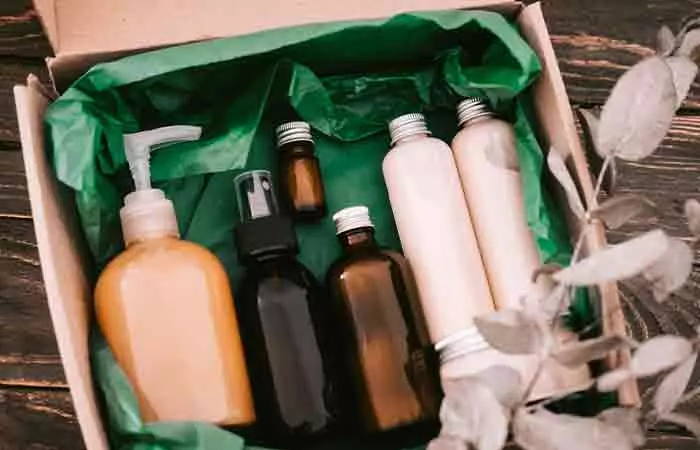
Switch to shampoos and conditioners that contain natural and mild ingredients. Use products that contain natural oils and other hydrating ingredients. Avoid harsh ingredients like alcohol, parabens, artificial fragrance, and colors. Use protective serums and sprays to prevent environmental damage caused by UV exposure and pollution.
4. Keep Your Hair Moisturized
Dry and brittle hair
snaps easily. Hence, keep your hair moisturized to minimize breakage. Use natural oils like olive and jojoba oils, nourishing hair masks, and plant butters for soft and smooth hair.
 Did You Know?
Did You Know?5. Consult A Trichologist
Trichologists are specialists who treat scalp and hair issues. If you are distressed by your recent hair loss, consult a trichologist, and follow the prescribed treatment. The trichologist may recommend using topical minoxidil to stimulate hair growth (4).
6. Use Peppermint Oil
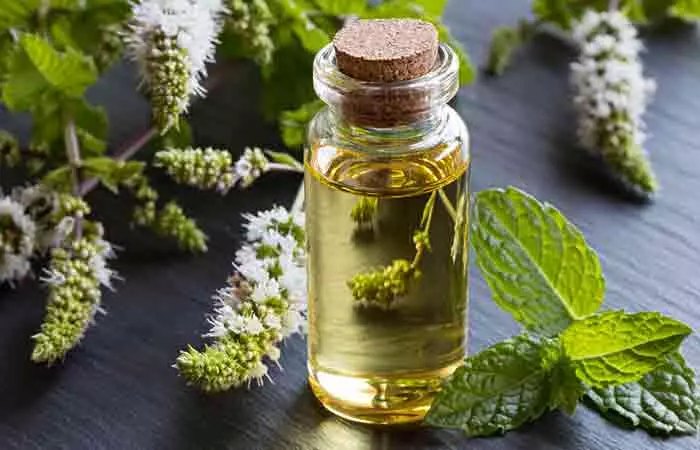
This is one of the most popular home remedies for hair growth. Peppermint oil has antimicrobial, anti-inflammatory, and vasodilatingi The capacity of an agent to dilate or open up the blood vessels near the skin surface to ensure increased blood flow. properties that aid hair restoration. Preliminary studies indicate a positive correlation between peppermint oil and hair growth (5).
Mix 2-3 drops of peppermint oil with two tablespoons of any carrier oil, like olive or jojoba oil, and massage your hairline with it.
 Trivia
Trivia7. Follow A Healthy Diet
Deficiencies in vital nutrients can cause hair fall (6). Hence, following a diet rich in protein, vitamins, minerals, and good fats provide nourishment to the body which is essential for healthy hair. Consume healthy portions of fresh fruits, green leafy vegetables, seeds, nuts, seafood, meat, dairy, and whole grains to improve your scalp, hair, and overall health
8. Stay Hydrated
Staying hydrated is crucial for overall hair health. It ensures proper blood flow to the hair follicles and optimal nutrient delivery. Hydration supports a healthy scalp, reduces dryness, and promotes hair growth. This may encourage regrowth of the hair edges. Adequate hydration may also reduce the risk of hair brittleness and breakage.
9. Wear A Wig With A Bonnet
Wearing a wig can protect the baby hairs while they grow. However, ensure to buy good quality wigs. Keep your edges moisturized and wear a satin bonnet under your wig to protect your hairline from friction.
10. Get Your Complete Blood Work Done
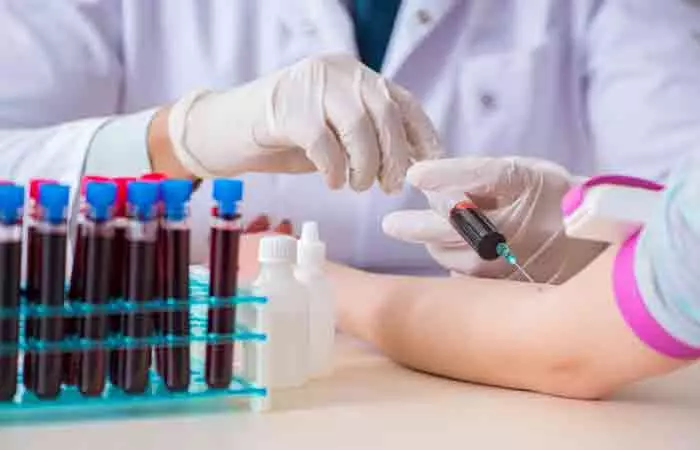
Go for complete blood tests to determine any underlying medical conditions or nutritional deficiencies. Your hair may grow back once the conditions or deficiencies are addressed and practice the hairstyling habits suggested above.
Infographic: How To Restore Your Edges Naturally
Regrowing your edges naturally requires a combination of healthy hair practices and a nourishing lifestyle. The infographic below lists six effective tips that can help encourage hair growth and boost hair and scalp health. Check it out to learn more.

Illustration: StyleCraze Design Team
Constant over-styling can make your once amazing edges prone to breakage and hair loss. Factors such as exposure to chemicals, wrong hair products, genetics, and health conditions can result in friction and thinning edges. However, you can resort to the simple and effective natural remedies mentioned above to grow your edges back. Avoiding chemical exposure, regular hair moisturization, following a balanced diet, and using the right products can help your hair grow back and improve its health. But if you continue experiencing hair loss, consult a trichologist for further treatment.
Frequently Asked Questions
How does nutrition impact hair health?
Nutrition is important for overall hair health as it provides essential vitamins, minerals, and proteins that aid in promoting growth, strengthen strands, and prevent breakage. A balanced diet helps support shiny, resilient hair and reduce hair loss.
What’s good for thin edges?
The first step is to treat your hair gently by avoiding chemical treatments, excess manipulation, and switching tight hairstyles with those that are gentle on your hair and scalp. If the condition persists despite changing your hairstyle, diet, products, and hair care routine, consult a trichologist.
How can I make my bald edges grow faster?
Depending on the severity of your condition, the best way to achieve faster results is to consult a doctor who may prescribe minoxidil to treat your hair condition (4).
How long does it take to grow the edges back?
Anecdotal evidence suggests that It might take over 3 months to grow your edges back completely.
What are some common mistakes people make when trying to grow back hair edges, and how can I avoid them?
Many people use a lot of heat-styling tools to help style their edges. This can dry your hair and cause further damage. Use water-based hair gels and conditioner to keep your edges moisturized.
Does coconut oil help edges grow?
Yes, coconut oil can help boost hair growth and nourishes damaged and dry hair with essential fats and proteins (7).
Illustration: Effective Tips To Grow Your Edges Back Naturally

Image: Stable Diffusion/StyleCraze Design Team
Learn how to care for your edges and bald spots! Discover the best natural tips and tricks in this informative video to nurture your hairline and get your confidence back.
Personal Experience: Source
StyleCraze's articles are interwoven with authentic personal narratives that provide depth and resonance to our content. Below are the sources of the personal accounts referenced in this article.
i. EDGE CONTROL: THE BATTLE OF THE RECEDING HAIRLINEhttps://zedhair.com/2014/04/29/edge-control-the-battle-of-the-receding-hairline/
References
Articles on StyleCraze are backed by verified information from peer-reviewed and academic research papers, reputed organizations, research institutions, and medical associations to ensure accuracy and relevance. Read our editorial policy to learn more.
- Effects of Chemical Straighteners on the hair shaft and scalp
https://www.sciencedirect.com/science/article/pii/S0365059621003147 - Traction Alopecia: the root of the problem
https://www.ncbi.nlm.nih.gov/pmc/articles/PMC5896661/ - The Diagnosis and Treatment of Hair and Scalp Diseases
https://www.ncbi.nlm.nih.gov/pmc/articles/PMC4908932/ - Minoxidil and its use in hair disorders: a review
https://www.ncbi.nlm.nih.gov/pmc/articles/PMC6691938/ - Peppermint Oil Promotes Hair Growth without Toxic Signs
https://pubmed.ncbi.nlm.nih.gov/25584150/ - Diet and hair loss: effects of nutrient deficiency and supplement use
https://www.ncbi.nlm.nih.gov/pmc/articles/PMC5315033/ - Medicinal Benefits of Coconut Oil
https://www.researchgate.net/publication/268805677_Medicinal_benefit_of_coconut_oil
Read full bio of Precious Rutlin
Read full bio of Ramona Sinha
Read full bio of Eshna Das
Read full bio of Swathi E






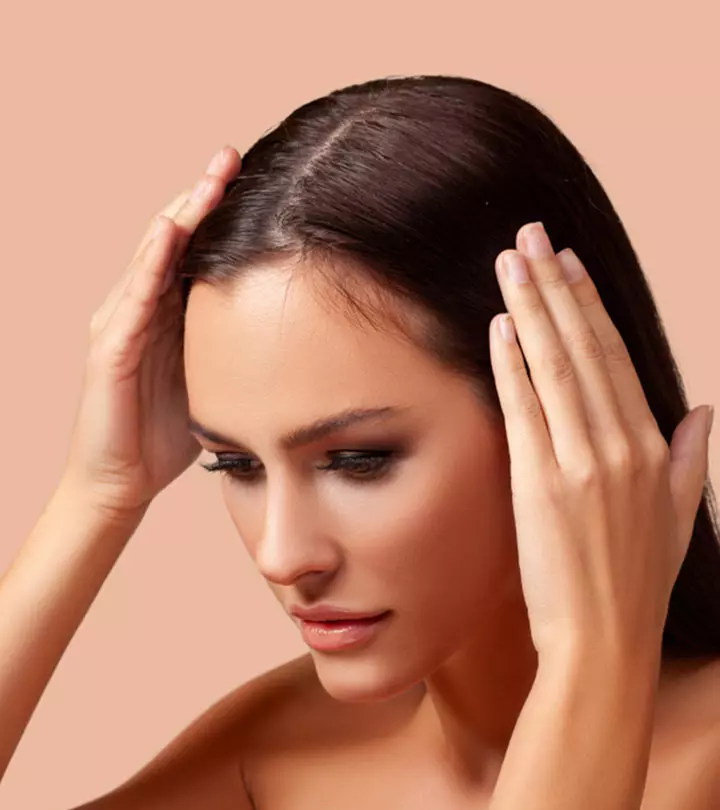

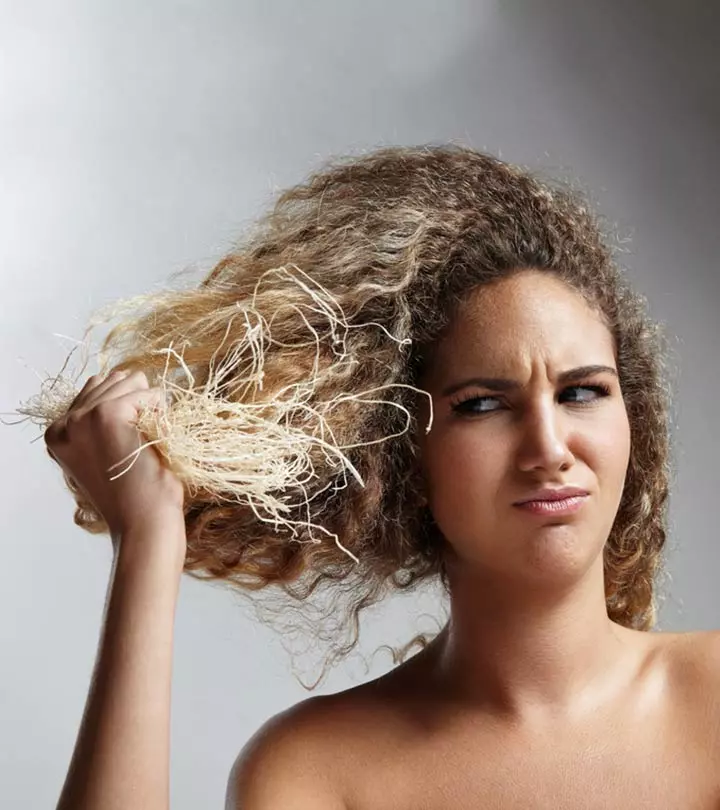

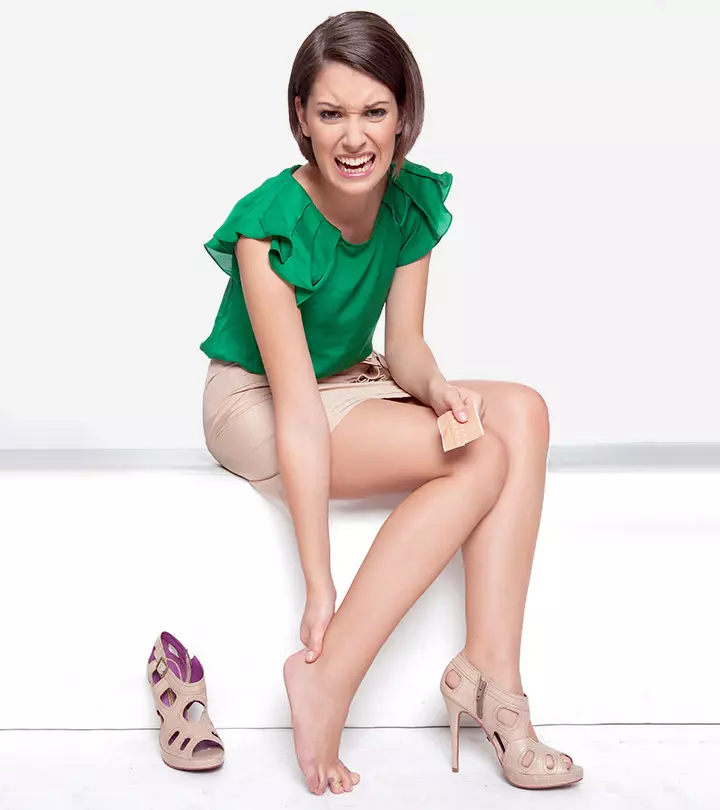
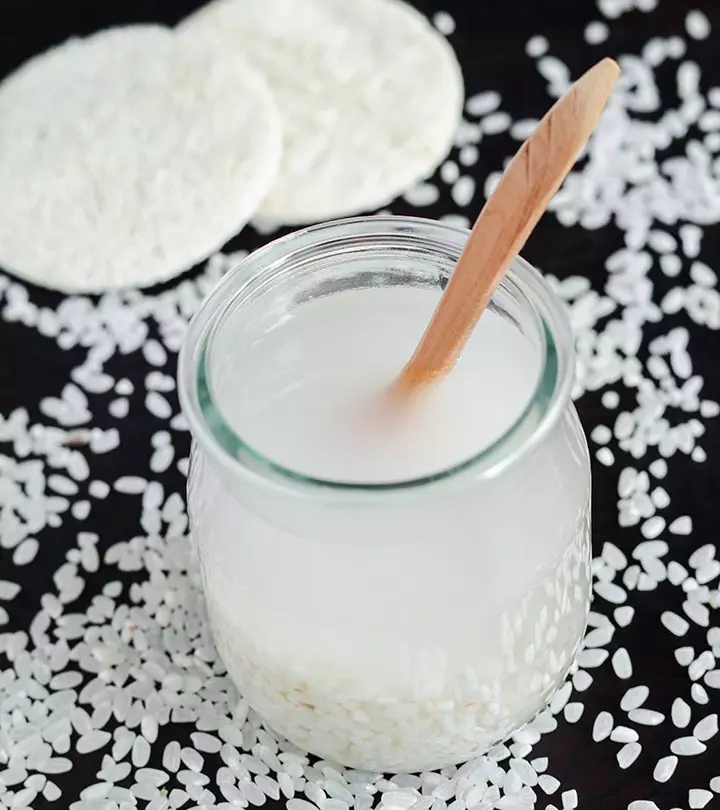
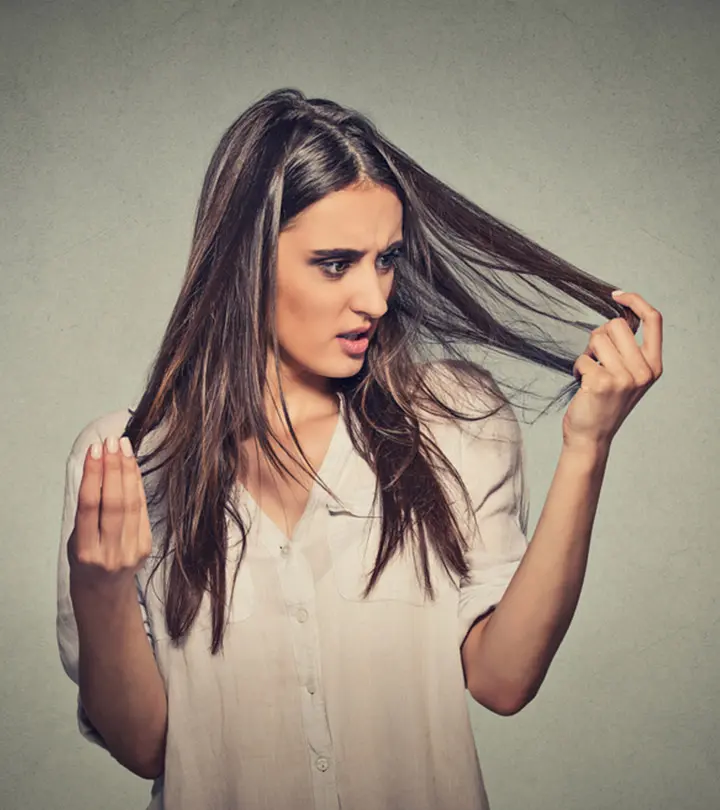
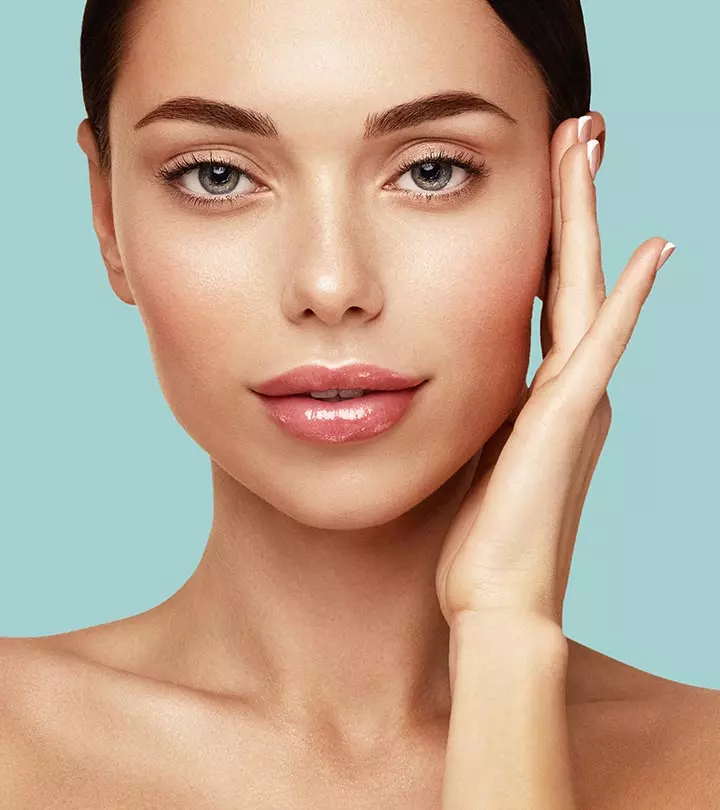


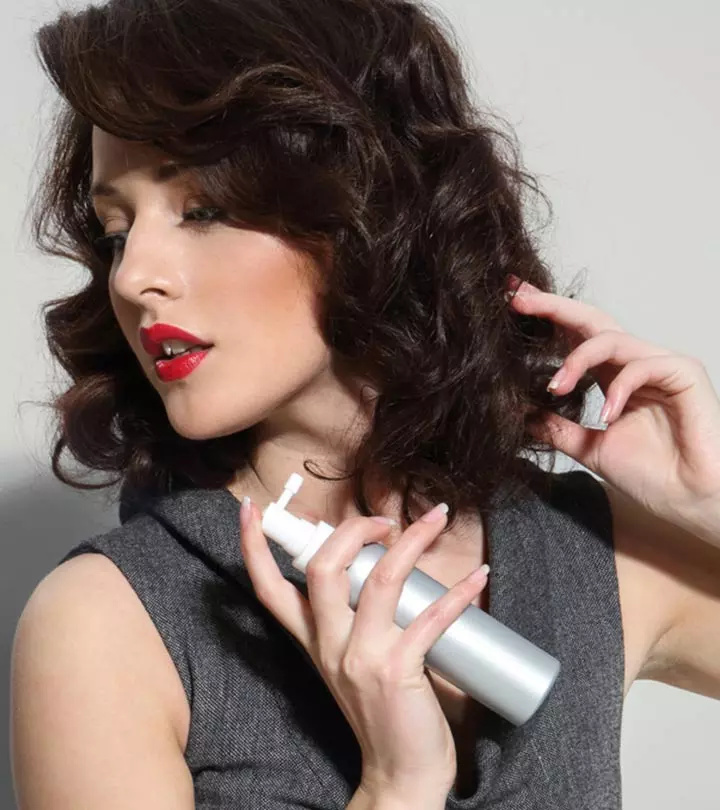
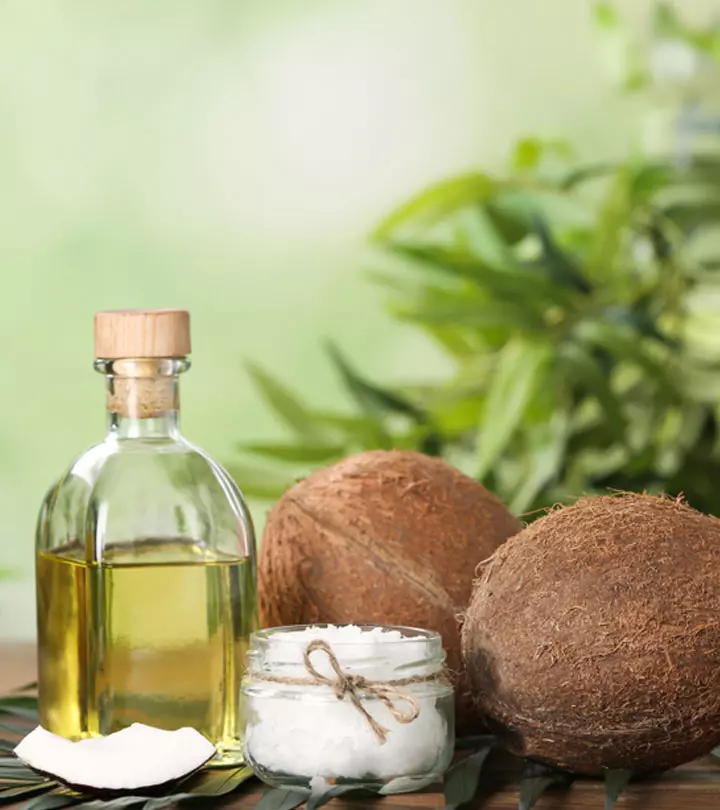
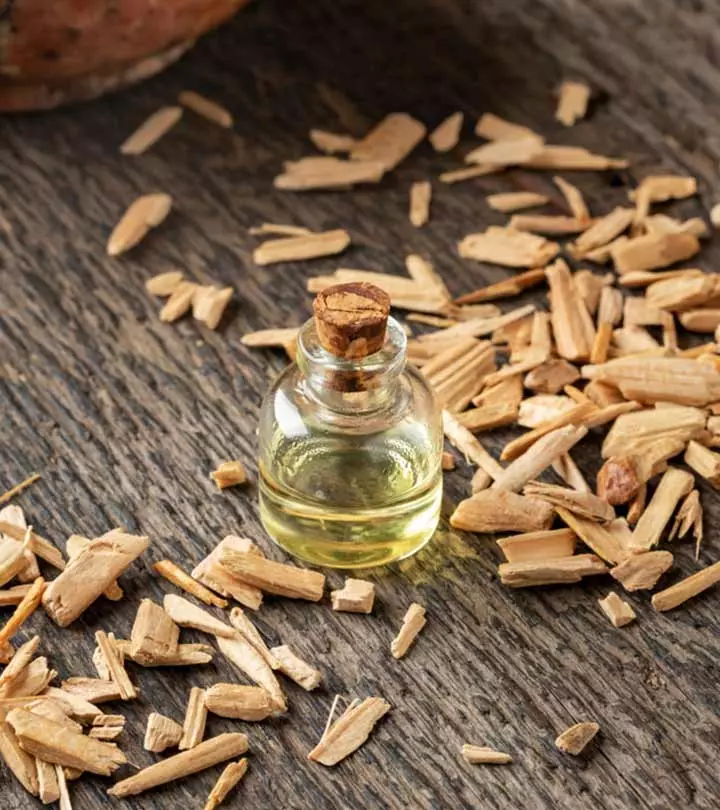
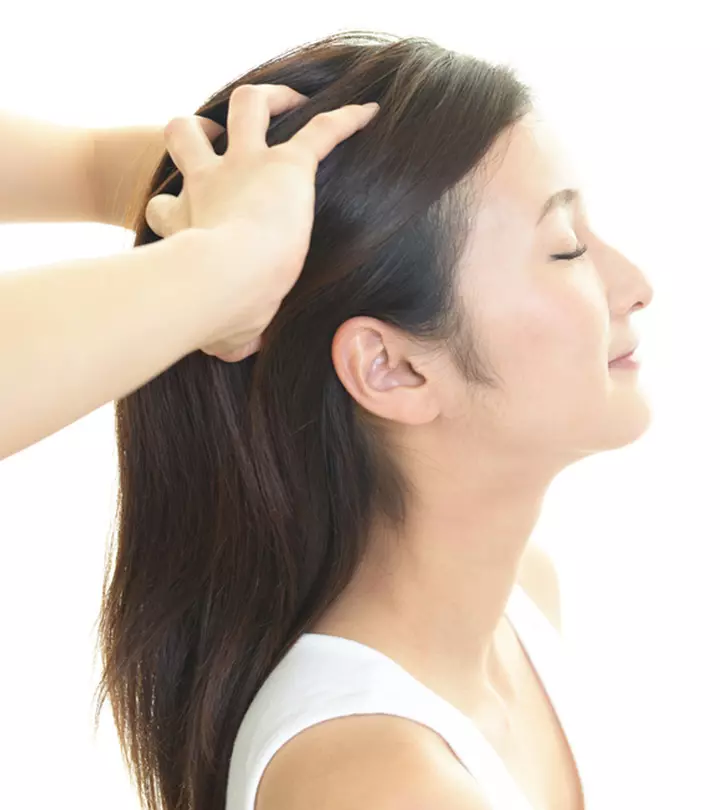
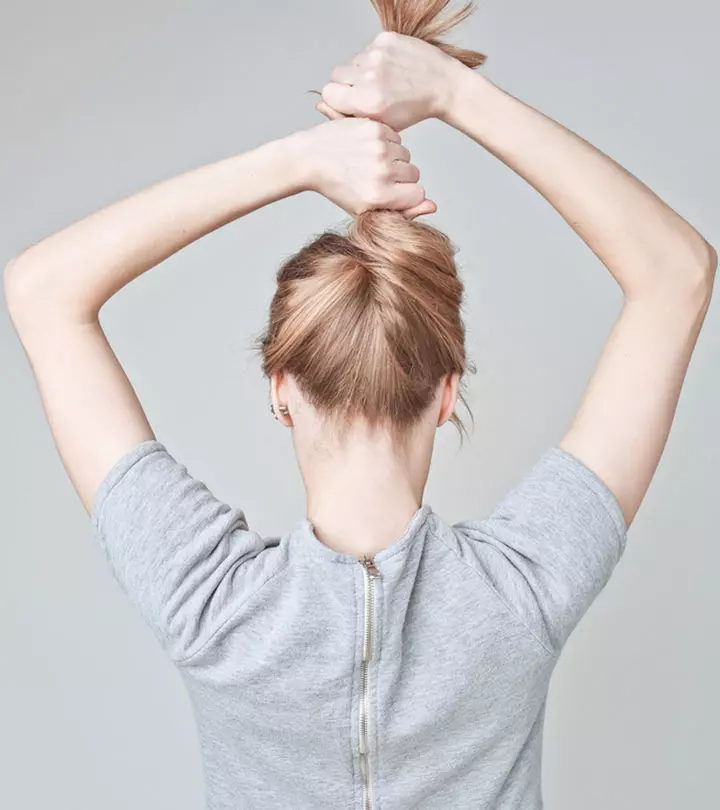
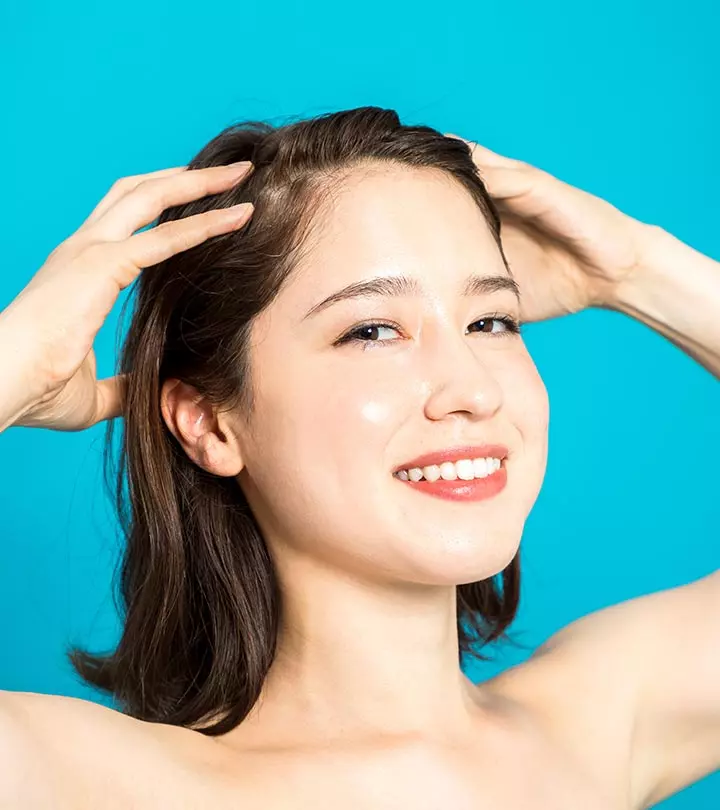
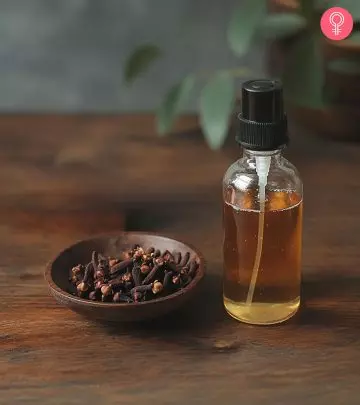
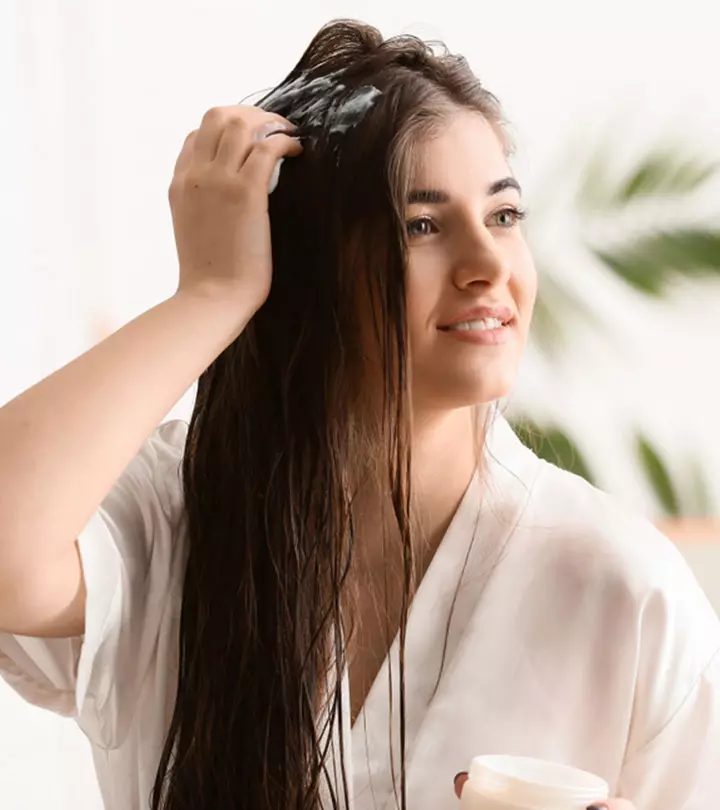
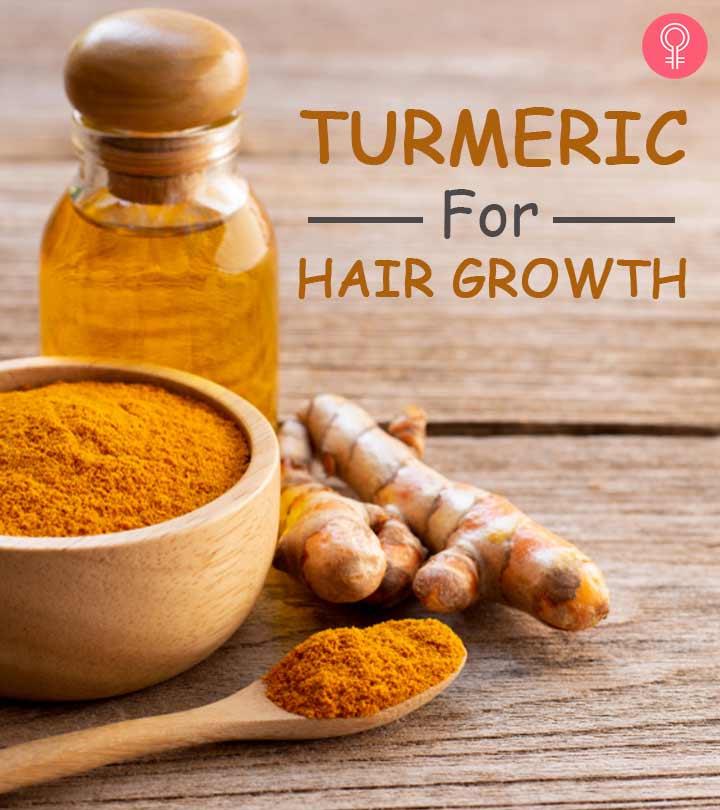

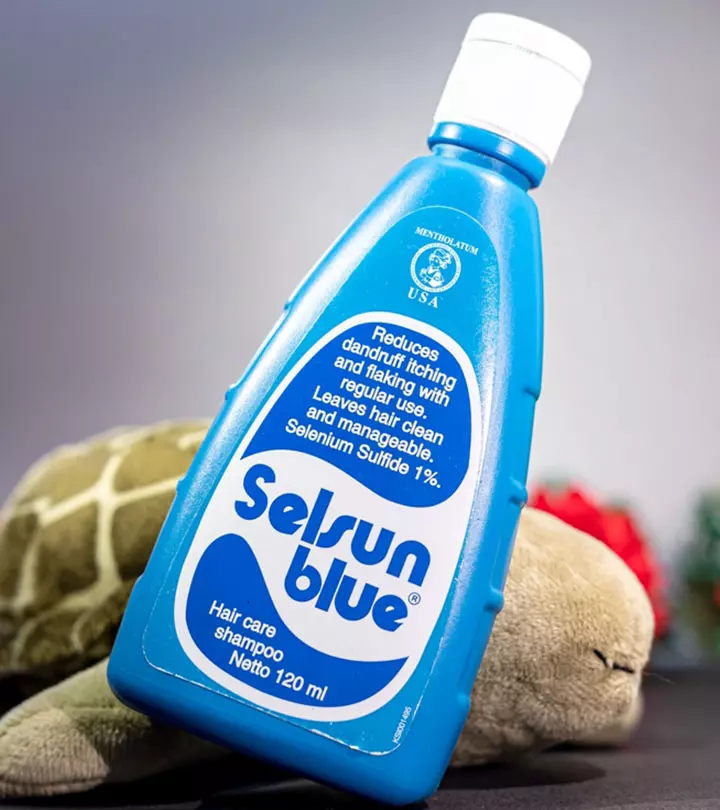
Community Experiences
Join the conversation and become a part of our empowering community! Share your stories, experiences, and insights to connect with other beauty, lifestyle, and health enthusiasts.